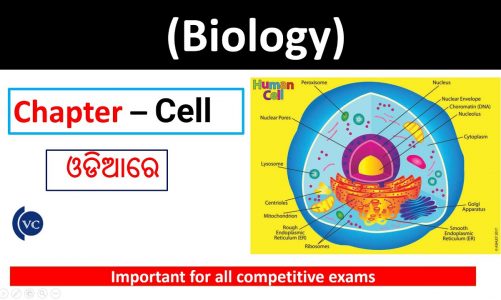NO PULSES AQUÍ: https://www.youtube.com/channel/UC5WaBFhMKnCyZ9xKNbwiT-g?sub_confirmation=1
How COVID-19 damages lungs: The virus attacks mitochondria, continuing an ancient battle that began in the primordial soup.
Author: Stephen L Archer
Professor, Head of Department of Medicine, Queen’s University, Ontario.
Viruses and bacteria have a very long history. Because viruses can’t reproduce without a host, they’ve been attacking bacteria for millions of years. Some of those bacteria eventually became mitochondria, synergistically adapting to life within eukaryotic cells (cells that have a nucleus containing chromosomes).
Ultimately, mitochondria became the powerhouses within all human cells.
Fast-forward to the rise of novel coronaviruses like SARS-CoV-2, and the global spread of COVID-19. Approximately five per cent of people infected with SARS-CoV-2 suffer respiratory failure (low blood oxygen) requiring hospitalization. In Canada about 1.1 per cent of infected patients (almost 46,000 people) have died.
This is the story of how a team, assembled during the pandemic, recognized the mechanism by which these viruses were causing lung injury and lowering oxygen levels in patients: It is a throwback to the primitive war between viruses and bacteria — more specifically, between this novel virus and the evolutionary offspring of bacteria, our mitochondria.
SARS-CoV-2 is the third novel coronavirus to cause human outbreaks in the 21st century, following SARS-CoV in 2003 and MERS-CoV in 2012. We need to better understand how coronaviruses cause lung injury to prepare for the next pandemic.
How COVID-19 affects lungs
People with severe COVID-19 pneumonia often arrive at the hospital with unusually low oxygen levels. They have two unusual features distinct from patients with other types of pneumonia:
· First, they suffer widespread injury to their lower airway (the alveoli, which is where oxygen is taken up).
· Second, they shunt blood to unventilated areas of the lung, which is called ventilation-perfusion mismatch. This means blood is going to parts of the lung where it won’t get sufficiently oxygenated.
Together, these abnormalities lower blood oxygen. However, the cause of these abnormalities was unknown. In 2020, our team of 20 researchers at three Canadian universities set about to unravel this mystery. We proposed that SARS-CoV-2 worsened COVID-19 pneumonia by targeting mitochondria in airway epithelial cells (the cells that line the airways) and pulmonary artery smooth muscle cells.
We already knew that mitochondria are not just the powerhouse of the cell, but also its main consumers and sensors of oxygen. Mitochondria control the process of programmed cell death (called apoptosis), and they regulate the distribution of blood flow in the lung by a mechanism called hypoxic pulmonary vasoconstriction.
This mechanism has an important function. It directs blood away from areas of pneumonia to better ventilated lobes of the lung, which optimizes oxygen-uptake. By damaging the mitochondria in the smooth muscle cells of the pulmonary artery, the virus allows blood flow to continue into areas of pneumonia, which also lowers oxygen levels.
It appeared plausible that SARS-CoV-2 was damaging mitochondria. The results of this damage — an increase in apoptosis in airway epithelial cells, and loss of hypoxic pulmonary vasoconstriction — were making lung injury and hypoxemia (low blood oxygen) worse.
Our discovery, published in Redox Biology, explains how SARS-CoV-2, the coronavirus that causes COVID-19 pneumonia, reduces blood oxygen levels.
We show that SARS-CoV-2 kills airway epithelial cells by damaging their mitochondria. This results in fluid accumulation in the lower airways, interfering with oxygen uptake. We also show that SARS-CoV-2 damages mitochondria in the pulmonary artery smooth muscle cells, which inhibits hypoxic pulmonary vasoconstriction and lowers oxygen levels.
Attacking mitochondria
Coronaviruses damage mitochondria in two ways: by regulating mitochondria-related gene expression, and by direct protein-protein interactions. When SARS-CoV-2 infects a cell, it hijacks the host’s protein synthesis machinery to make new virus copies. However, these viral proteins also target host proteins, causing them to malfunction. We soon learned that many of the host cellular proteins targeted by SARS-CoV-2 were in the mitochondria.
How SARS-CoV-2 targets mitochondria to kill lung cells and prevent oxygen sensing.(drawn by Brooke Ring).
https://theconversation.com/how-covid-19-damages-lungs-the-virus-attacks-mitochondria-continuing-an-ancient-battle-that-began-in-the-primordial-soup-192597
source



